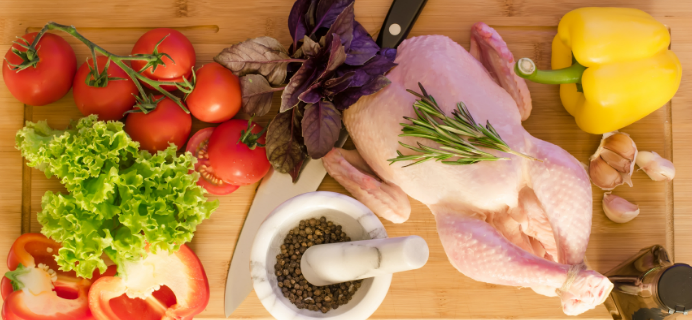The Pegan diet combines the vegan and paleo diet to create what it’s devotees claim is a sustainable way of eating for you and the planet. But is it healthy? Vanessa Chalmers reports
A caveman diet or paleo diet is one based on the way our ancestors ate with plenty of meat, fish, eggs, vegetables and fruits but no grains or dairy (as that didn’t really evolve into our diets until we started farming). At the other end of the diet spectrum is veganism, the trendy no-animal-produce diet in which followers eschew all meat, chicken, fish, eggs, dairy and honey (basically, anything that ever had parents). So far, so polar opposite, right? Well, not exactly. Now, US health guru, Dr Mark Hyman, one of world’s foremost wellness doctors, is claiming that taking elements from both could deliver the perfect, sustainable healthy diet plan. The new approach has been coined peganism. So, should we buy it?

Recent research has found that veganism is the most efficient way to lose weight, eliminating all animal produce in favour for grains, beans, and copious amounts of vegetables. However this means vegans can often struggle to keep their protein intake up as all their protein tends to come from legumes, such as kidney beans, lentils and pulses, along with tofu, tempeh and vegetables.
That’s where the paleo diet’s strengths lie, in the form of high meat protein and fish content. However the resistance to eat anything that hasn’t come into existence with farming in the last 10,000 years, means paleo people tend to miss their grains; an essential source of fibre, Hyman says.
What vegans and paleos can learn from each other has formed a pretty neat hybrid diet
One thing both diets do is eschew dairy, which it’s claimed contributes to obesity, diabetes, heart disease and cancer. They focus on a variety of fresh vegetables and fruits. Good quality healthy fats being avocados, olives, nuts and seeds is also a staple in both diets.
MORE: 6 PALEO BREAKFASTS YOU’LL LOVE
So what can a paleo vegan eat?
Always eat…
- 75% of the diet is plants- vegetables and fruits to provide the body with lots of vitamins and minerals.
- 25% should come from sustainably-raised grass-fed animal protein to keep it organic. This could be chicken, beef, fish, and eggs, so limited red meat. Fish should be omega 3 fat rich fish, like sardines or wild salmon. Moderated legumes if any.
- Lots of monounsaturated fats and omega 3, all good for heart health and reducing inflammation, but low in saturated fat.
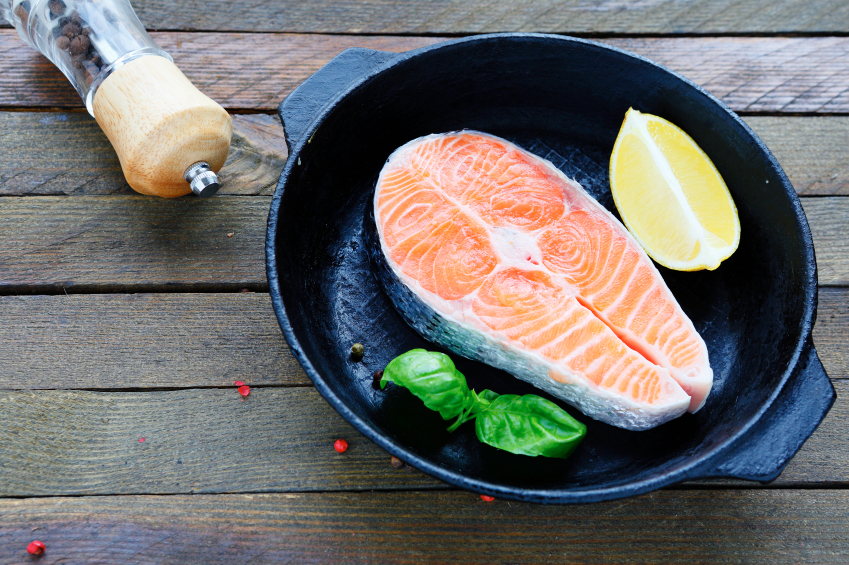
Sparingly eat… (but don’t exclude!)
- Gluten free wholegrains such as quinoa or black rice, but stick to small portions as to not increase your blood sugar.
- Moderate amounts of beans, preferably smaller ones such as lentils.
Never eat…
- Peganism avoids dairy at all costs.
- Gluten
- Soy
- Sugar (well… apart from the occasional treat)
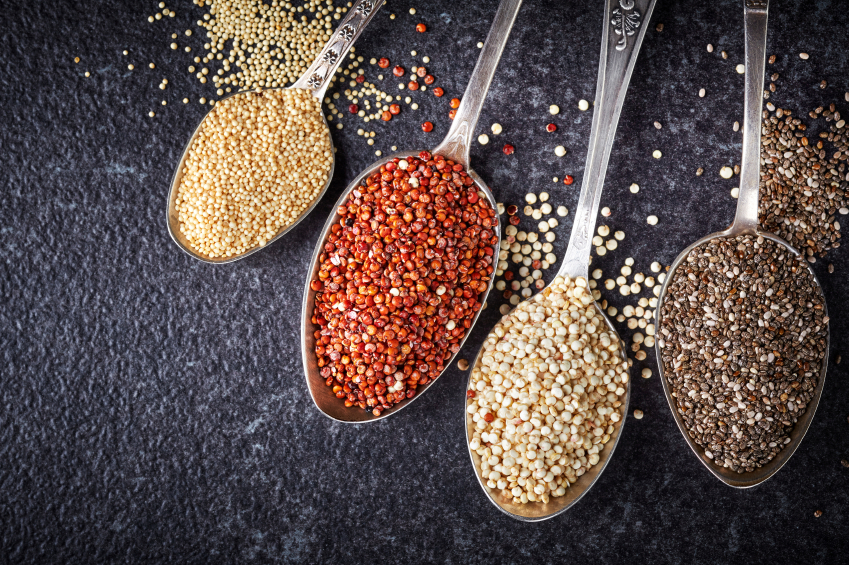
What the expert says
Robert Hobson, nutritionist, Healthista blogger, and co-author of new book The Detox Kitchen Bible says ‘The basics of peganism are really healthy, achievable and ensure you get a good balance of nutrients.’ Peganism avoids the bad stuff and cherry-picks the rest to offer a plan high in nutrients from organic plants and meats, he explains. The introduction of meat in small amounts back into a vegan diet might be off-putting. Hobson says: ‘It’s much more environmentally sound as overeating red meat only contributes to the damage (excess methane gases and forest deforestation).’
It’s much more environmentally sound
‘This diet will also ensure you get plenty of fibre – average UK diets fail to meet the recommended 24g per day – which is shown to reduce the risk of Type-2 diabetes and high cholesterol which are risk factors for heart disease’ says Hobson.
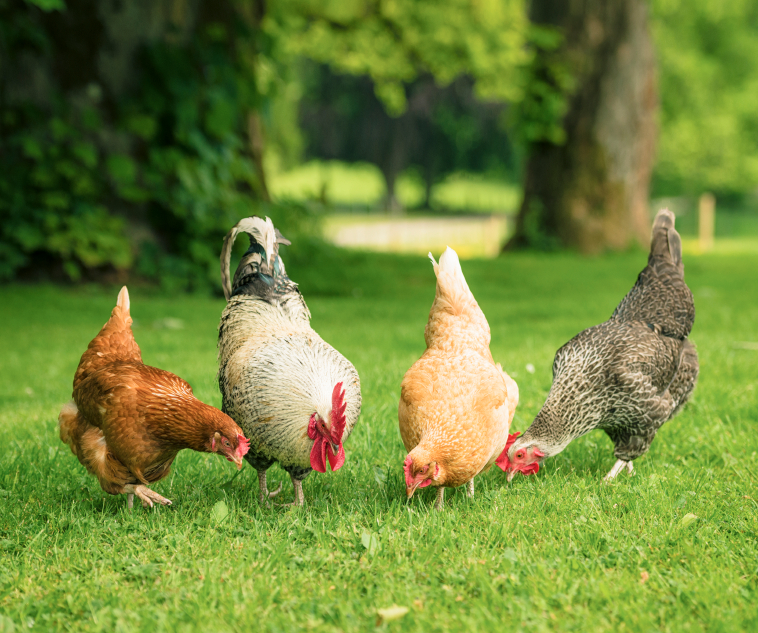
But there are some things to be aware of. The diet does exclude soy foods. Soy is controversial because of its effect on hormones – it’s known as a ‘phytoestrogen’ which means that soy can behave in the same way as oestrogen in the body but with a lesser effect, Hobson explains. This it is sometimes claimed, may exacerbate issues such as oestrogen-dependent cancers such as breast and ovarian.
‘The issue is when you unknowingly consume high amounts from processed foods and cheap meats where animals have been fed on soy, problems can begin to occur,’ Hobson says. ‘My view is that as long as your diet is mostly prepared from scratch with high quality meat, natural and unprocessed soy is fine in the form of edamame, tofu, miso. These provide a useful source of protein and calcium and has been shown to possibly help with menopause symptoms and high cholesterol (particularly fermented varieties such as miso and tempeh).’
Calcium is important during the menopause
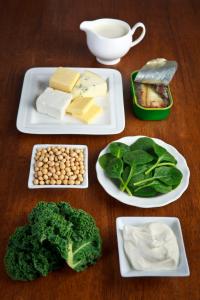
other than dairy
The exclusion of dairy could also be a problem if sources of calcium are not compensated for, says Hobson. ‘Calcium is essential for healthy bones and is particularly important for women,’ he explains. ‘You lay down bone until you mid-twenties and the density you achieve has to see you through to old age. Teenage girls love to follow the latest food trends and are yet one of the groups who need calcium the most so this diet isn’t great for them especially if they drink lots of soda such as diet coke which is high in phosphate and can draw calcium from bone and inhibit its development.
‘Calcium is also important during the menopause as the drop in oestrogen can lead to a 10 per cent loss of bone which may increase the risk of osteoporosis.’
The daily requirement of calcium for adults is 700mg, so it is important to include dairy-free calcium-rich foods. This table compares cheese with other sources:
Sources of dietary calcium Calcium (mg)
30g cheddar cheese 216
100g tofu 330
100g soya beans (edamame) 63
200ml fortified soya milk 178
100g fresh crab 120
100g cooked prawns 110
100g tinned pink salmon 300
30g almonds 72
1 tbsp sesame seeds 100
80g cooked kale 120
80g raw spinach 130
½ can of chickpeas 52
1 medium orange 75
1 tbsp tahini 130
30g cheerios 145
50g dried figs 125
50g canned sardines 225
80g boiled okra 96
2 slices granary bread 125
1 tbsp curry powder 64
1 tsp dried oregano 79
50g dried apricots 50
MORE: GOING VEGAN- THE 30 DAY CHALLENGE
MORE FROM ROBERT HOBSON: THE HEALTHY FAT GUIDE
Like this article? Sign up to our newsletter to get more articles like this delivered straight to your inbox.



